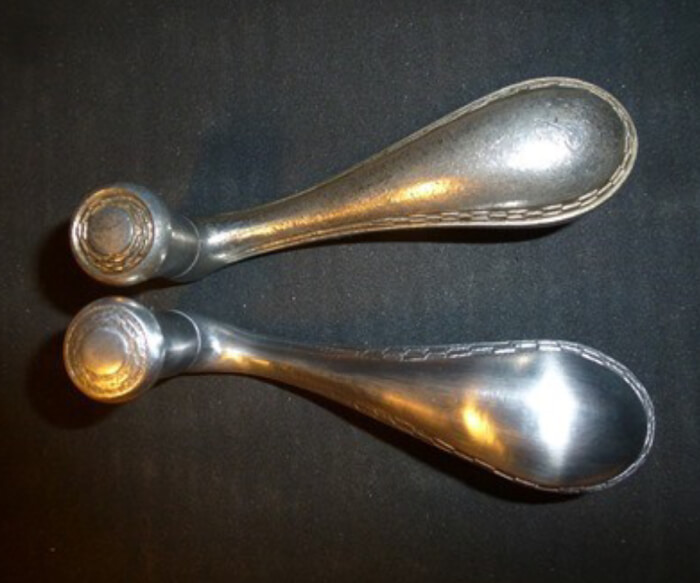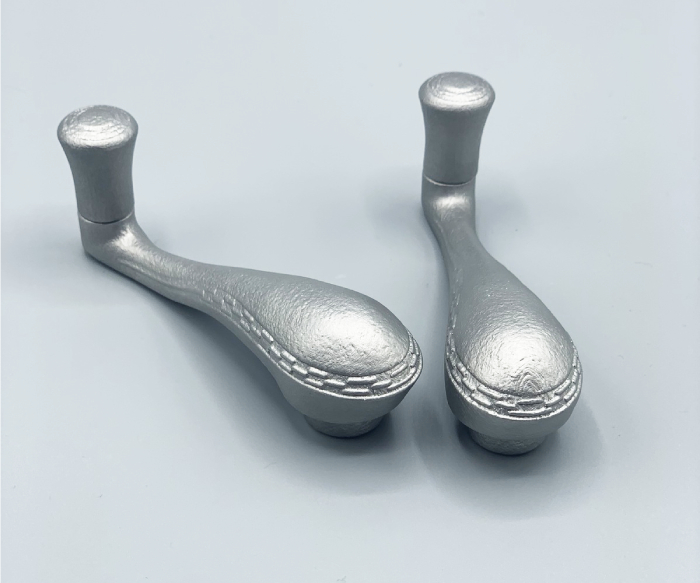Einen Moment bitte
Anfrage Erfolgreich
Wir senden Ihnen zeitnah ein Angebot!
18 Oct 2020

Shortly after the takeover of Opel by General Motors, the Rüsselsheim company launched the long-awaited successor to the coveted “tree frog”, the Opel 1.8 litre, in 1931. After its predecessor had pioneered assembly line production, this mid-size car was also mass-produced. This was the first time that the large 6-cylinder engine was also available at the price of the 4-cylinder. Although a good 32,000 units came off the production line in 3 years, it is now almost impossible to find original spare parts, even for small parts such as the window cranks, almost 90 years later.
The cast-iron window cranks were still considered design elements in the 1930s and were often elaborately decorated. This Opel also has a fine engraving in the knob and crank. At that time, such “engravings” were pressed into the castings with large presses and corresponding punches under several tonnes of pressure.
With the possibilities offered by additive manufacturing processes such as selective laser melting (SLM), complex and detailed components such as this can be produced cost-efficiently, even in small quantities and without the need for expensive moulds and dies. There are many metallic materials to choose from, from aluminium to stainless steel and titanium. Thanks to layer thicknesses of only 0.03mm, even the smallest details can be effortlessly reproduced on the component.
After the crank has been measured, it is completely digitised with the help of CAD software and a 3D scan and divided into hundreds of layers for the 3D metal printer. The printer now builds up these layers bit by bit. By melting the thin metal powder layers applied to a so-called “print bed” at the right places by means of a laser, a solid material layer is created after solidification, which, despite the layer structure, is extremely close to the base material in its mechanical properties. It should be particularly emphasised that the laser-based processes achieve equivalent mechanical stability.

The somewhat rough component surface, which is usual with SLM, is smoothed in a further work step by glass bead blasting and can then, depending on the customer’s wishes, be polished to a high gloss. In this case, the aim was to achieve a matt surface that would match the patina that had developed on the almost 90-year-old car over a long period of time.
Please also visit our other articles on the subject of 3D printing and reconstruction for vintage and classic cars or send us a spare parts request.